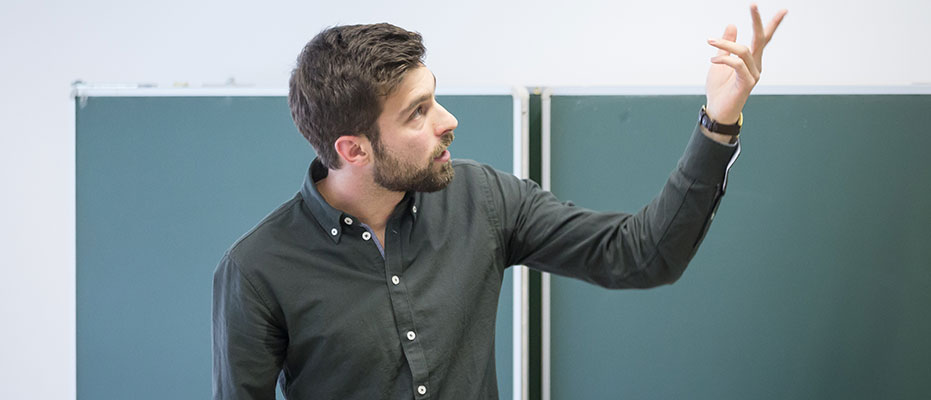Install the app
Install this application on your home screen for quick and easy access when you’re on the go.
Just tap then “Add to Home Screen”
Install this application on your home screen for quick and easy access when you’re on the go.
Just tap then “Add to Home Screen”
Install this application on your home screen for quick and easy access when you’re on the go.
Just tap then “Add to Home Screen”

Here are some guidelines on what a graduate student needs to bear in mind when acting as a Section Chair.
Where possible, two people will have been appointed to one of the sections listed on the website. Exceptionally, we have selected up to three or four chairs because we expect an exceptional number of submissions for those Sections. The actual final Section headings for the conference may be different to these sections depending on the number and type of abstracts received. It may be necessary to reassign Section Chairs as part of the process of building the academic programme. The preparation of the academic programme for the conference demands flexibility from everyone as we will have to constantly reassess our decisions to get the best fit for the abstracts we receive.
The first task of Section Chairs is to accept or reject already formed Panels by reading both the Panel and the Paper abstracts. You may do this by both reading all the abstracts, or by dividing the abstracts between you and just discussing the problematic ones. The Academic Convenors will review the rejected abstracts before the individuals are notified in case they can be accommodated elsewhere in the programme. All contact with the authors of the abstracts will be undertaken by ECPR Central Services. We will give you more guidance on the acceptance and rejection of abstracts when we know the number of applications.
The second task is the creation of Panels from the abstracts. Hopefully, most Papers will already have found their place in a Panel, but a few individual Papers may still be left over. An ideal Section at the conference consists of up to seven Panels, five to six Papers in each. The more Papers in each Panel the better in case of drop-outs, which is a consistent pattern at conferences. To manage this, the make-up of the Panels has to be adjusted as we receive new information, up to the actual printing of the programme. Panels should only be formed if all Papers are on a similar theme and fit together well.
You may consider that an abstract you receive would be more appropriate in a different Section. If this is the case you should contact Central Services with the Paper number and which Section it would fit into more appropriately together with a copy of the abstract.
If a Section only has a small number of abstracts once the Panels have been constructed it can be fitted into the timetable with other Sections of a similar size. On the other hand we may have to look at dividing Sections that have received a large number of abstracts. If this is the case you should consider how this division might be made.
Once the academic programme is in place we hope that you will then play a role in the appointment of Panel Chairs and Discussants. Please ensure that participants are made aware that “no-shows are not tolerated”.